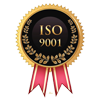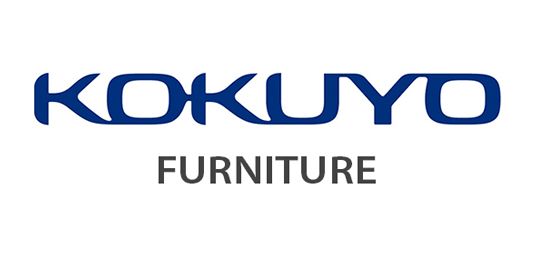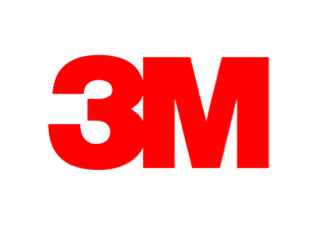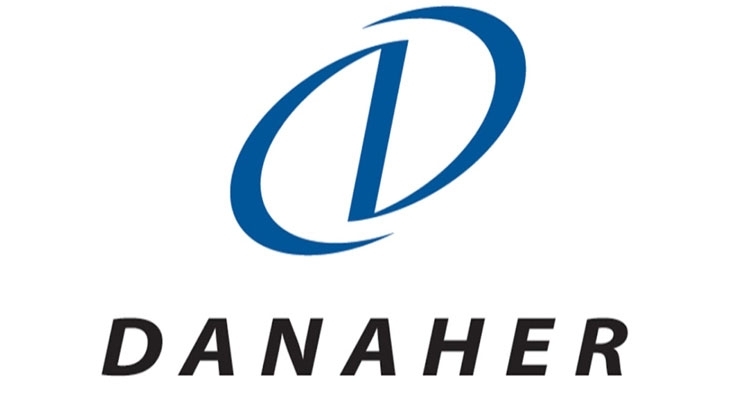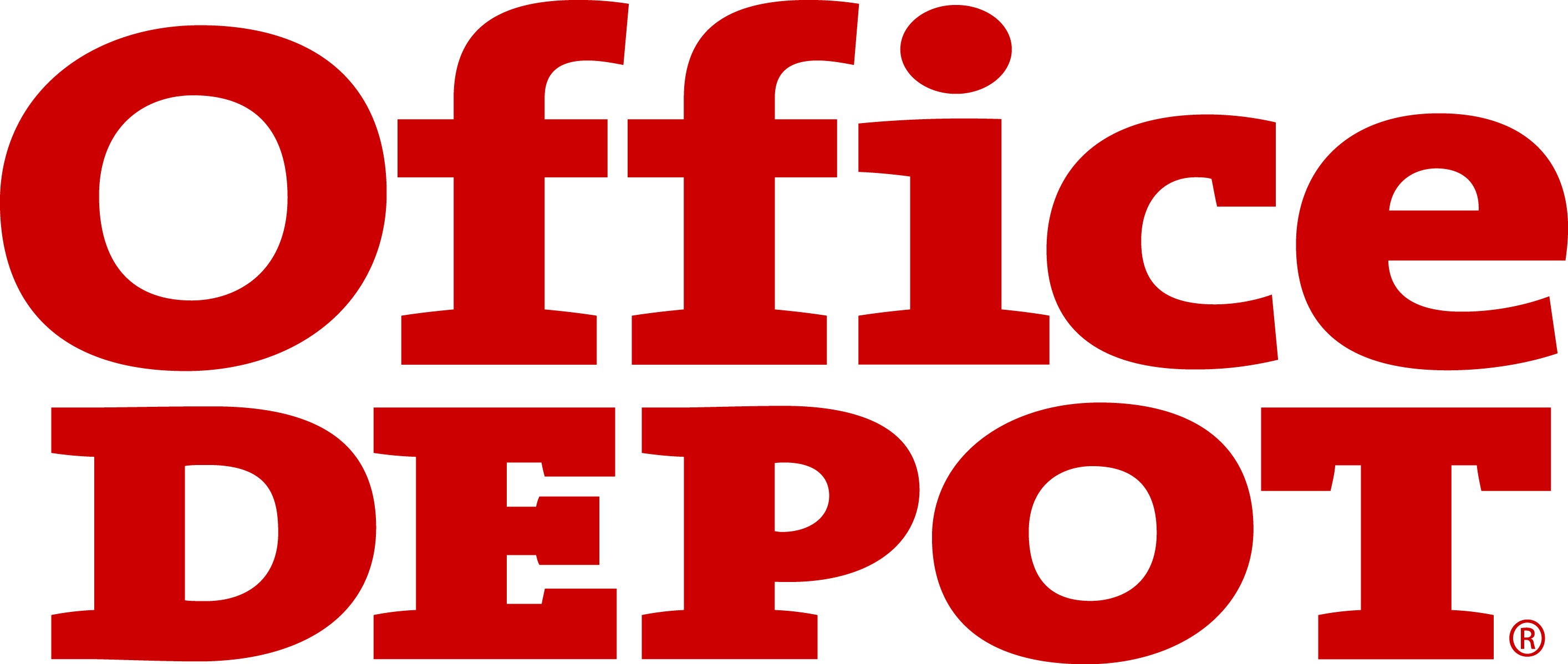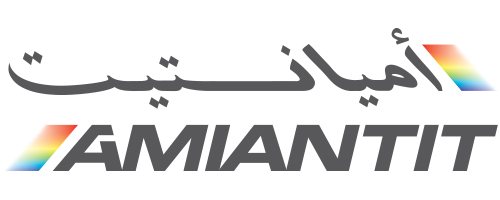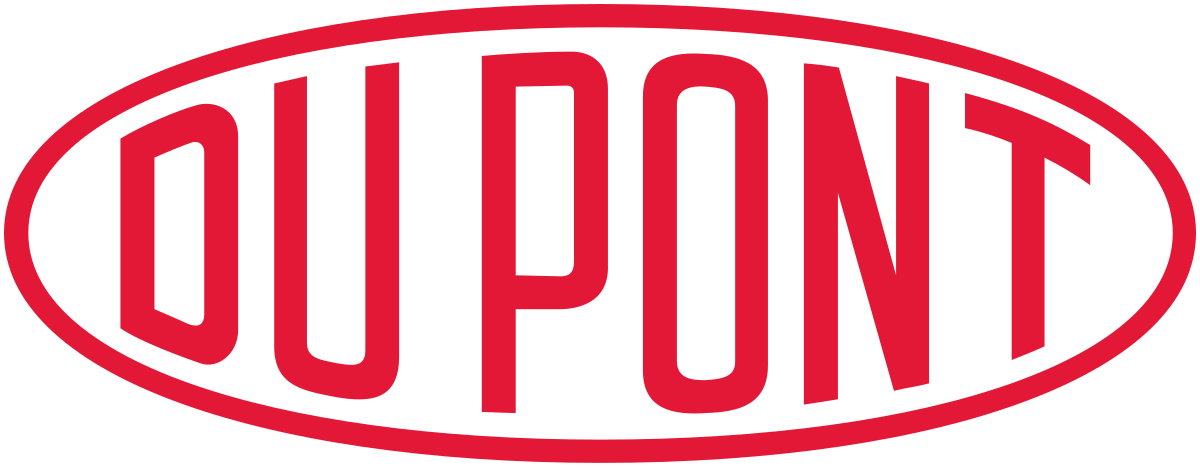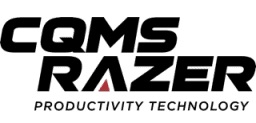Low Speed Vehicle Market : Global Size, Share, Trends, Growth and Forecast Year ( 2022 – 2032 )
Low Speed Vehicle Market Highlights
Low Speed Vehicle Market size was valued at $9.0 billion in 2021, and is projected to reach $21.9 billion by 2032, growing at a CAGR of 8.40% from 2022 to 2032.
Low Speed Vehicle Market Overview
The Low Speed Vehicle (LSV) market refers to the production and sales of small electric vehicles that typically have a top speed of around 25 mph. These vehicles are designed for short distance transportation and are often used for commuting, golfing, and leisure activities.
LSVs have become increasingly popular in recent years due to their eco-friendly nature, low cost of operation, and convenience. In addition, advances in battery technology have made LSVs a practical and sustainable alternative to traditional gas-powered vehicles.
The global LSV market is expected to grow significantly in the coming years, driven by factors such as rising environmental concerns, growing urbanization, and increased demand for cost-effective transportation solutions. Governments in many countries are also providing incentives for LSV adoption, such as tax credits and subsidies, further boosting the growth of the market.
|
Report Scope : Low Speed Vehicle Market |
|
|
Base Year Valuation |
$9.0 Billion |
|
CAGR |
8.40% |
|
Forecast Year Valuation |
$21.9 Billion |
|
Segmentation |
|
|
Challenges |
|
Low Speed Vehicle Market Drivers
There are several key drivers that are contributing to the growth of the Low Speed Vehicle (LSV) market:
- Rising Environmental Concerns: The increasing awareness of the harmful impact of traditional gas-powered vehicles on the environment is driving demand for eco-friendly transportation solutions like LSVs.
- Growing Urbanization: With the rise of urbanization and the accompanying increase in population density, LSVs are becoming an increasingly popular mode of transportation due to their small size and ease of maneuverability in congested urban areas.
- Cost-effectiveness: LSVs are typically less expensive to purchase and operate compared to traditional cars, making them an attractive option for consumers looking to save money on transportation costs.
- Government Incentives: Many governments are offering incentives to encourage the adoption of LSVs, such as tax credits and subsidies, which is further boosting the growth of the market.
- Advances in Battery Technology: Improvements in battery technology have led to longer ranges and faster charging times for LSVs, making them a more practical and sustainable transportation solution.
- Growing Demand for Convenient Transportation: The increasing demand for convenient transportation options that can be used for short distance travel is driving demand for LSVs.
- Expansion of Charging Infrastructure: The expansion of charging infrastructure for LSVs is making it easier for consumers to recharge their vehicles, increasing their practicality as a mode of transportation.
Overall, these drivers are expected to continue to drive growth in the LSV market in the coming years, making it a promising market for investors and manufacturers.
Low Speed Vehicle Market Challenges
While the Low Speed Vehicle (LSV) market is expected to grow significantly in the coming years, there are also several challenges that could impact its growth:
- Regulatory Challenges: LSVs are subject to a patchwork of regulations across different countries and states, which can make it difficult for manufacturers to develop and sell LSVs on a large scale.
- Limited Range and Top Speed: LSVs have a limited range and top speed compared to traditional cars, which could limit their appeal to consumers who need to travel longer distances.
- High Initial Cost: Although LSVs are typically less expensive to operate than traditional cars, the initial cost of purchasing an LSV can still be high for some consumers.
- Lack of Awareness: There is still a lack of awareness about LSVs among consumers, which could limit their adoption and growth of the market.
- Safety Concerns: Some consumers may be concerned about the safety of LSVs, particularly when they are used on roads with high-speed traffic.
- Competition from Other Modes of Transportation: LSVs face competition from other modes of transportation such as bikes, e-bikes, and public transportation, which could limit their growth.
- Limited Charging Infrastructure: The limited availability of charging infrastructure for LSVs in some areas could make it difficult for consumers to recharge their vehicles, reducing their practicality as a mode of transportation.
To overcome these challenges, it is important for the LSV industry to invest in research and development to improve the performance and safety of LSVs, and to educate consumers about the benefits of using these vehicles.
Low Speed Vehicle Market Regional Outlook
The Low Speed Vehicle (LSV) market has seen significant growth in recent years and is expected to continue to grow in the coming years, driven by rising environmental concerns, growing urbanization, and increasing demand for cost-effective transportation solutions.
North America is a major market for LSVs, with the United States being the largest market for these vehicles. The growing popularity of LSVs in North America is driven by factors such as rising environmental concerns, favorable government policies, and the expanding charging infrastructure for electric vehicles.
Europe is also a significant market for LSVs, with countries such as Germany, the United Kingdom, and France being among the largest markets in the region. The growth of the LSV market in Europe is driven by factors such as the increasing popularity of eco-friendly transportation, favorable government policies, and the expansion of charging infrastructure.
Asia-Pacific is also a rapidly growing market for LSVs, with countries such as China, Japan, and South Korea being among the largest markets in the region. The growth of the LSV market in Asia-Pacific is driven by factors such as the increasing urbanization, rising demand for convenient transportation, and favorable government policies.
In conclusion, the LSV market presents significant growth opportunities across the world, with North America, Europe, and Asia-Pacific being among the largest markets for these vehicles. However, it is important to note that the growth of the LSV market will also be impacted by factors such as regulatory challenges, competition from other modes of transportation, and the availability of charging infrastructure.
Low Speed Vehicle Market Segmentation
The Low Speed Vehicle (LSV) market can be segmented based on vehicle type, propulsion type, and end-use.
- Vehicle Type: The LSV market can be segmented into golf carts, utility vehicles, and neighborhood electric vehicles (NEVs). Golf carts are typically used for leisure and recreational purposes, while utility vehicles are used for commercial purposes, such as transporting goods or people. NEVs are electric vehicles designed for use on roads with speed limits of up to 35 miles per hour.
- Propulsion Type: The LSV market can be segmented into electric LSVs and gas-powered LSVs. Electric LSVs are powered by rechargeable batteries, while gas-powered LSVs are powered by internal combustion engines.
- End-Use: The LSV market can be segmented into leisure and recreation, commercial, and government. Leisure and recreation end-users include golf courses, resorts, and parks, while commercial end-users include hospitals, schools, and airports. Government end-users include municipalities and other public sector organizations.
Overall, the LSV market is expected to continue to grow in the coming years, driven by factors such as rising environmental concerns, growing urbanization, and increasing demand for cost-effective transportation solutions. The market can also benefit from advances in battery technology, the expansion of charging infrastructure, and favorable government policies.
Low Speed Vehicle Market Key Players
The Low Speed Vehicle (LSV) market is characterized by the presence of several key players, including both established manufacturers and new entrants. Some of the leading players in the LSV market include:
E-Z-GO: E-Z-GO is a subsidiary of Textron Inc., and is a leading manufacturer of golf carts, utility vehicles, and NEVs.
Club Car: Club Car is a subsidiary of Ingersoll Rand Inc., and is a leading manufacturer of golf carts and utility vehicles.
Yamaha Golf-Car Company: Yamaha Golf-Car Company is a subsidiary of Yamaha Motor Co., Ltd., and is a leading manufacturer of golf carts and utility vehicles.
Polaris Industries Inc.: Polaris Industries is a leading manufacturer of off-road vehicles, including utility vehicles, and is expanding into the LSV market.
Cushman: Cushman is a subsidiary of Textron Inc., and is a leading manufacturer of golf carts, utility vehicles, and NEVs.
Terra Vehicles: Terra Vehicles is a leading manufacturer of electric LSVs, including golf carts and NEVs.
Star EV: Star EV is a leading manufacturer of electric LSVs, including golf carts and NEVs.
Overall, the LSV market is highly competitive, with established players and new entrants vying for market share. The market is expected to continue to grow in the coming years, driven by factors such as rising environmental concerns, growing urbanization, and increasing demand for cost-effective transportation solutions.
Low Speed Vehicle Market Recent Developments
The Low Speed Vehicle (LSV) market has seen a number of recent developments, including new product launches, mergers and acquisitions, and partnerships and collaborations. Some of the recent developments in the LSV market include:
New Product Launches: Leading players in the LSV market have launched new and upgraded LSVs to meet the evolving needs of consumers. For example, Yamaha Golf-Car Company recently launched its new YDR electric golf cart, which features a sleek design and advanced technology.
Mergers and Acquisitions: The LSV market has seen a number of mergers and acquisitions in recent years, as companies seek to expand their presence and gain a competitive advantage. For example, Textron Inc. recently acquired Cushman, a leading manufacturer of LSVs, to strengthen its position in the market.
Partnerships and Collaborations: Leading players in the LSV market have entered into partnerships and collaborations to expand their presence, gain access to new technologies, and increase their market share. For example, Polaris Industries recently entered into a strategic partnership with BRP Inc., a leading manufacturer of off-road vehicles, to develop and market LSVs.
Overall, the LSV market is expected to continue to grow in the coming years, driven by factors such as rising environmental concerns, growing urbanization, and increasing demand for cost-effective transportation solutions. The market can also benefit from advances in battery technology, the expansion of charging infrastructure, and favorable government policies.
Research Methodology
Market Definition and List of Abbreviations
1. Executive Summary
2. Growth Drivers & Issues in Global Low Speed Vehicle Market
3. Global Low Speed Vehicle Market Trends
4. Opportunities in Global Low Speed Vehicle Market
5. Recent Industry Activities, 2019
6. Porter's Five Forces Analysis
7. Market Value Chain and Supply Chain Analysis
8. Products Average Price Analysis, By Country
9. Global Low Speed Vehicle Market Size & Forecast (USD Million), 2019-2025
10. Global Low Speed Vehicle Market Segmentation Analysis, By Vehicle Type
10.1. Introduction
10.2. Market Attractiveness, By Vehicle Type
10.3. BPS Analysis, By Vehicle Type
10.4. Golf Carts Market Size & Forecast (USD Million), 2019-2025
10.5. Commercial Turf Utility Vehicles Market Size & Forecast (USD Million), 2019-2025
10.6. Industrial Utility Vehicles Market Size & Forecast (USD Million), 2019-2025
10.7. Personal Carriers Market Size & Forecast (USD Million), 2019-2025
11. Global Low Speed Vehicle Market Segmentation Analysis, By Fuel Type
11.1. Introduction
11.2. Market Attractiveness, By Fuel Type
11.3. BPS Analysis, By Fuel Type
11.4. Diesel Market Size & Forecast (USD Million), 2019-2025
11.5. Electric Market Size & Forecast (USD Million), 2019-2025
11.6. Gasoline Market Size & Forecast (USD Million), 2019-2025
12. Geographical Analysis
12.1. Introduction
12.2. North America Market Size & Forecast (USD Million), 2019-2025
12.2.1. By Vehicle Type
12.2.1.1. Introduction
12.2.1.2. Market Attractiveness, By Vehicle Type
12.2.1.3. BPS Analysis, By Vehicle Type
12.2.1.4. Golf Carts Market Size & Forecast (USD Million), 2019-2025
12.2.1.5. Commercial Turf Utility Vehicles Market Size & Forecast (USD Million), 2019-2025
12.2.1.6. Industrial Utility Vehicles Market Size & Forecast (USD Million), 2019-2025
12.2.1.7. Personal Carriers Market Size & Forecast (USD Million), 2019-2025
12.2.2. By Fuel Type
12.2.2.1. Introduction
12.2.2.2. Market Attractiveness, By Fuel Type
12.2.2.3. BPS Analysis, By Fuel Type
12.2.2.4. Diesel Market Size & Forecast (USD Million), 2019-2025
12.2.2.5. Electric Market Size & Forecast (USD Million), 2019-2025
12.2.2.6. Gasoline Market Size & Forecast (USD Million), 2019-2025
12.2.3. By Country
12.2.3.1. Market Attractiveness, By Country
12.2.3.2. BPS Analysis, By Country
12.2.3.3. U.S. Market Size & Forecast (USD Million), 2019-2025
12.2.3.4. Canada Market Size & Forecast (USD Million), 2019-2025
12.3. Europe Market Size & Forecast (USD Million), 2019-2025
12.3.1. By Vehicle Type
12.3.1.1. Introduction
12.3.1.2. Market Attractiveness, By Vehicle Type
12.3.1.3. BPS Analysis, By Vehicle Type
12.3.1.4. Golf Carts Market Size & Forecast (USD Million), 2019-2025
12.3.1.5. Commercial Turf Utility Vehicles Market Size & Forecast (USD Million), 2019-2025
12.3.1.6. Industrial Utility Vehicles Market Size & Forecast (USD Million), 2019-2025
12.3.1.7. Personal Carriers Market Size & Forecast (USD Million), 2019-2025
12.3.2. By Fuel Type
12.3.2.1. Introduction
12.3.2.2. Market Attractiveness, By Fuel Type
12.3.2.3. BPS Analysis, By Fuel Type
12.3.2.4. Diesel Market Size & Forecast (USD Million), 2019-2025
12.3.2.5. Electric Market Size & Forecast (USD Million), 2019-2025
12.3.2.6. Gasoline Market Size & Forecast (USD Million), 2019-2025
12.3.3. By Country
12.3.3.1. Market Attractiveness, By Country
12.3.3.2. BPS Analysis, By Country
12.3.3.3. Germany Market Size & Forecast (USD Million), 2019-2025
12.3.3.4. United Kingdom Market Size & Forecast (USD Million), 2019-2025
12.3.3.5. France Market Size & Forecast (USD Million), 2019-2025
12.3.3.6. Italy Market Size & Forecast (USD Million), 2019-2025
12.3.3.7. Spain Market Size & Forecast (USD Million), 2019-2025
12.3.3.8. Russia Market Size & Forecast (USD Million), 2019-2025
12.3.3.9. Rest of Europe Market Size & Forecast (USD Million), 2019-2025
12.4. Asia Pacific Market Size & Forecast (USD Million), 2019-2025
12.4.1. By Vehicle Type
12.4.1.1. Introduction
12.4.1.2. Market Attractiveness, By Vehicle Type
12.4.1.3. BPS Analysis, By Vehicle Type
12.4.1.4. Golf Carts Market Size & Forecast (USD Million), 2019-2025
12.4.1.5. Commercial Turf Utility Vehicles Market Size & Forecast (USD Million), 2019-2025
12.4.1.6. Industrial Utility Vehicles Market Size & Forecast (USD Million), 2019-2025
12.4.1.7. Personal Carriers Market Size & Forecast (USD Million), 2019-2025
12.4.2. By Fuel Type
12.4.2.1. Introduction
12.4.2.2. Market Attractiveness, By Fuel Type
12.4.2.3. BPS Analysis, By Fuel Type
12.4.2.4. Diesel Market Size & Forecast (USD Million), 2019-2025
12.4.2.5. Electric Market Size & Forecast (USD Million), 2019-2025
12.4.2.6. Gasoline Market Size & Forecast (USD Million), 2019-2025
12.4.3. By Country
12.4.3.1. Market Attractiveness, By Country
12.4.3.2. BPS Analysis, By Country
12.4.3.3. China Market Size & Forecast (USD Million), 2019-2025
12.4.3.4. India Market Size & Forecast (USD Million), 2019-2025
12.4.3.5. Japan Market Size & Forecast (USD Million), 2019-2025
12.4.3.6. South Korea Market Size & Forecast (USD Million), 2019-2025
12.4.3.7. Indonesia Market Size & Forecast (USD Million), 2019-2025
12.4.3.8. Taiwan Market Size & Forecast (USD Million), 2019-2025
12.4.3.9. Australia Market Size & Forecast (USD Million), 2019-2025
12.4.3.10. New Zealand Market Size & Forecast (USD Million), 2019-2025
12.4.3.11. Rest of Asia Pacific Market Size & Forecast (USD Million), 2019-2025
12.5. Latin America Market Size & Forecast (USD Million), 2019-2025
12.5.1. By Vehicle Type
12.5.1.1. Introduction
12.5.1.2. Market Attractiveness, By Vehicle Type
12.5.1.3. BPS Analysis, By Vehicle Type
12.5.1.4. Golf Carts Market Size & Forecast (USD Million), 2019-2025
12.5.1.5. Commercial Turf Utility Vehicles Market Size & Forecast (USD Million), 2019-2025
12.5.1.6. Industrial Utility Vehicles Market Size & Forecast (USD Million), 2019-2025
12.5.1.7. Personal Carriers Market Size & Forecast (USD Million), 2019-2025
12.5.2. By Fuel Type
12.5.2.1. Introduction
12.5.2.2. Market Attractiveness, By Fuel Type
12.5.2.3. BPS Analysis, By Fuel Type
12.5.2.4. Diesel Market Size & Forecast (USD Million), 2019-2025
12.5.2.5. Electric Market Size & Forecast (USD Million), 2019-2025
12.5.2.6. Gasoline Market Size & Forecast (USD Million), 2019-2025
12.5.3. By Country
12.5.3.1. Market Attractiveness, By Country
12.5.3.2. BPS Analysis, By Country
12.5.3.3. Brazil Market Size & Forecast (USD Million), 2019-2025
12.5.3.4. Mexico Market Size & Forecast (USD Million), 2019-2025
12.5.3.5. Rest of Latin America Market Size & Forecast (USD Million), 2019-2025
12.6. Middle East & Africa Market Size & Forecast (USD Million), 2019-2025
12.6.1. By Vehicle Type
12.6.1.1. Introduction
12.6.1.2. Market Attractiveness, By Vehicle Type
12.6.1.3. BPS Analysis, By Vehicle Type
12.6.1.4. Golf Carts Market Size & Forecast (USD Million), 2019-2025
12.6.1.5. Commercial Turf Utility Vehicles Market Size & Forecast (USD Million), 2019-2025
12.6.1.6. Industrial Utility Vehicles Market Size & Forecast (USD Million), 2019-2025
12.6.1.7. Personal Carriers Market Size & Forecast (USD Million), 2019-2025
12.6.2. By Fuel Type
12.6.2.1. Introduction
12.6.2.2. Market Attractiveness, By Fuel Type
12.6.2.3. BPS Analysis, By Fuel Type
12.6.2.4. Diesel Market Size & Forecast (USD Million), 2019-2025
12.6.2.5. Electric Market Size & Forecast (USD Million), 2019-2025
12.6.2.6. Gasoline Market Size & Forecast (USD Million), 2019-2025
12.6.3. By Geography
12.6.3.1. Market Attractiveness, By Geography
12.6.3.2. BPS Analysis, By Geography
12.6.3.3. GCC Market Size & Forecast (USD Million), 2019-2025
12.6.3.4. North Africa Market Size & Forecast (USD Million), 2019-2025
12.6.3.5. South Africa Market Size & Forecast (USD Million), 2019-2025
12.6.3.6. Rest of Middle East & Africa Market Size & Forecast (USD Million), 2019-2025
13. Competitive Landscape
13.1. Market Share of Key Players
13.2. Market Positioning of Major Players in Global Low Speed Vehicle Market
13.3. Company Profiles
13.3.1. Yamaha
13.3.2. Polaris
13.3.3. Textron
13.3.4. Kubota
13.3.5. Club Car
13.3.6. Kawasaki
13.3.7. American Sportworks
13.3.8. Deere
13.3.9. Intimidator
13.3.10. Other Major & Niche Players

Need Customized Report for Your Business ?
Utilize the Power of Customized Research Aligned with Your Business Goals
Request for Customized Report- Quick Contact -
- ISO Certified Logo -

